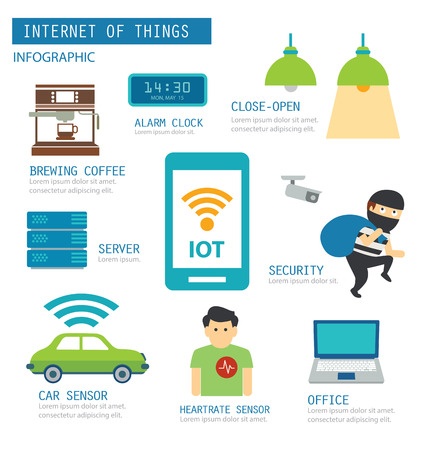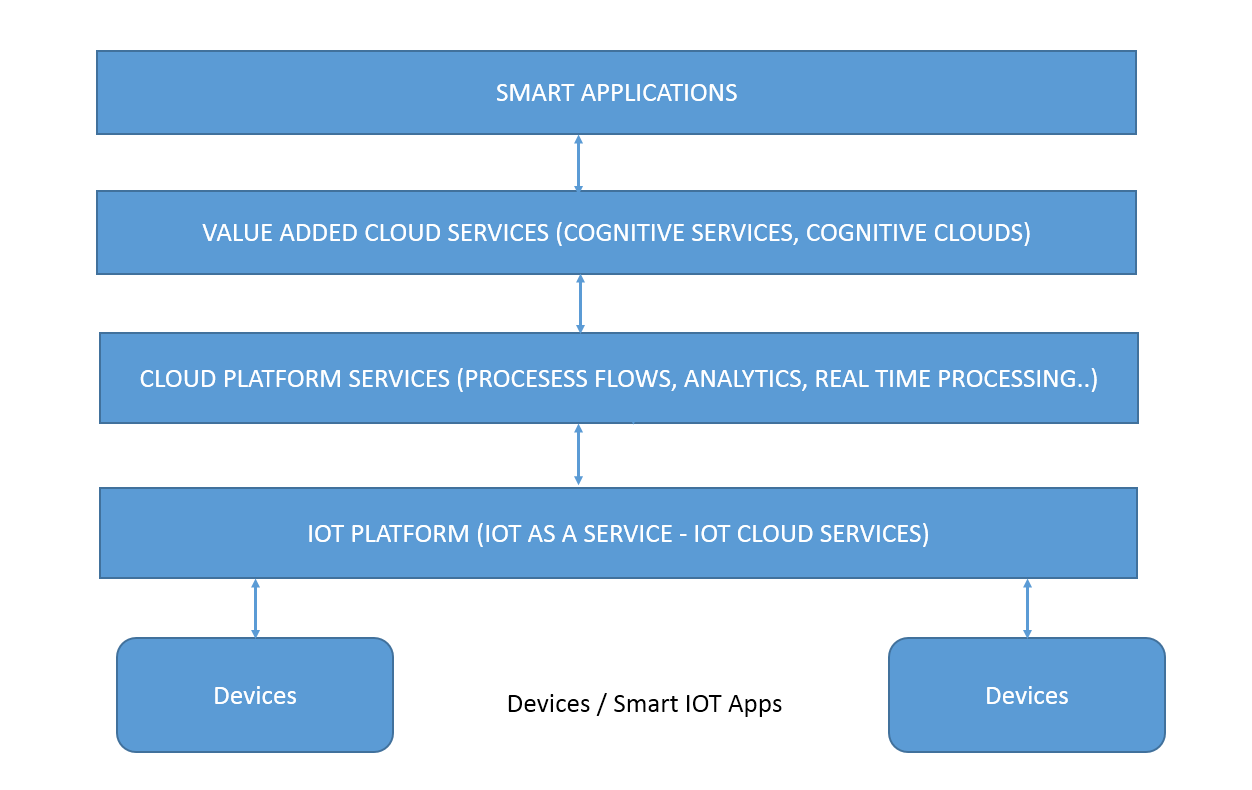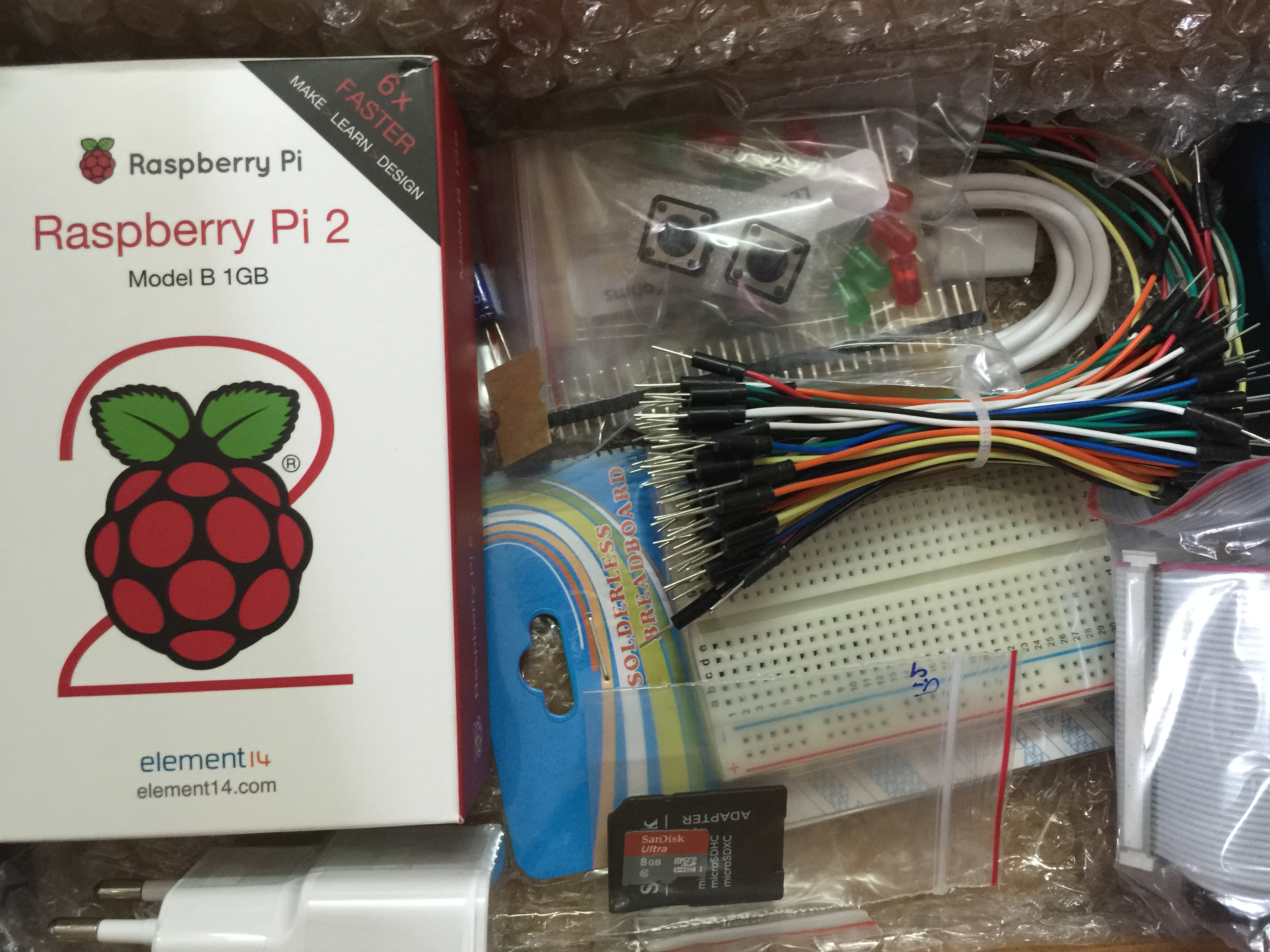 It’s 5:30 am in the morning, I have a flight to catch at 7:00 am, I wake up, get ready and rush to catch up the flight to see its late by 1 hour, I didn’t receive any sms on the flight delay.. I wish I could have checked the flight status before leaving or would be better my alarm could have rang after checking my flight status, changed my taxi booking and given me sufficient time to sleep. Well, I am not day dreaming and welcome to the world of IOT, where such kind of experiences is a reality. These are just one of the many experiences. The real experiences would be technology touching our every day lives and making it easier and a better place to live.
It’s 5:30 am in the morning, I have a flight to catch at 7:00 am, I wake up, get ready and rush to catch up the flight to see its late by 1 hour, I didn’t receive any sms on the flight delay.. I wish I could have checked the flight status before leaving or would be better my alarm could have rang after checking my flight status, changed my taxi booking and given me sufficient time to sleep. Well, I am not day dreaming and welcome to the world of IOT, where such kind of experiences is a reality. These are just one of the many experiences. The real experiences would be technology touching our every day lives and making it easier and a better place to live.
If you haven’t heard about IOT, IOT is Internet of things, is a scenario where an object (like the clock I described earlier) can be uniquely identified in a real world and has an ability to send and receive data (usually very small quantities). To track the data and send/receive information, the object should be equipped with some kind of sensors and controllers, plus connected to the some medium (internet) to send/receive information. IOT can be thought of Object + Sensor/Controller’s + Medium (Internet). Though technologies have been around, its now under a new umbrella, to take care of new possibilities and opportunities.
With IOT, the number of devices would outnumber the people in near future by easily an X factor. From a consumer perspective, a user may have atleast 10 -12 devices that would be IOT enabled (like consumer goods, watches, alarms, refrigerators, a/c, light bulbs), a government would have different needs (traffic signals, buses and whole lot of infrastructure to make life easier). The possibilities are endless in an IOT world and as we are talking about trillions of devices, that imposes requirements around minimal power consumption, minimal transfer of data, better addressing and discoverability, real time consumption of signals and whole lot of technology challenges and a vision for a new architecture for a connected world. I would blog about the architecture vision in my next series.
With IOT, from a business perspective it’s also a very viable proposition, it’s a perfect blend of collaborative opportunities from hardware’s, network, software’s and integration providers to make things happen. It’s an ecosystem play. For instance, going back to my alarm example, unless the taxi booking service provide an API, the controller wouldn’t be able to reschedule the booking or even simply an API is not exposed by the flight application, the status can’t be checked.
Now, for those who would like to get their hands dirty, I advise to pick up Raspberry pi or Arduino devices to get started building your IOT applications. If you are in India, these are available from Amazon.
Here are some articles to get started on IOT –



